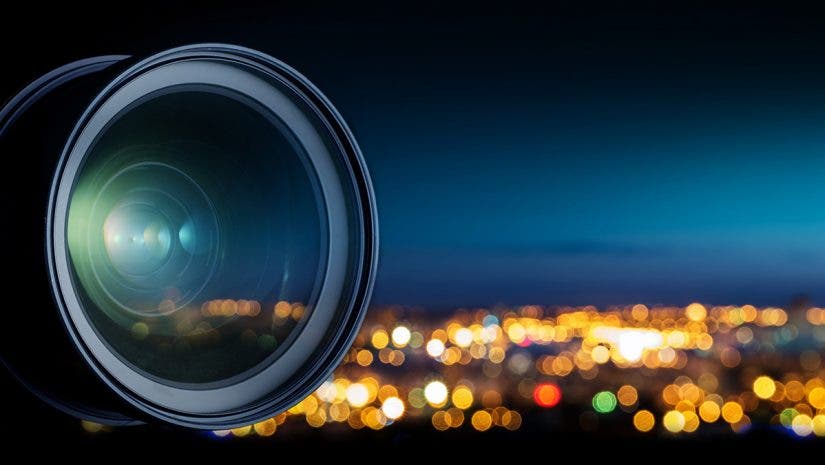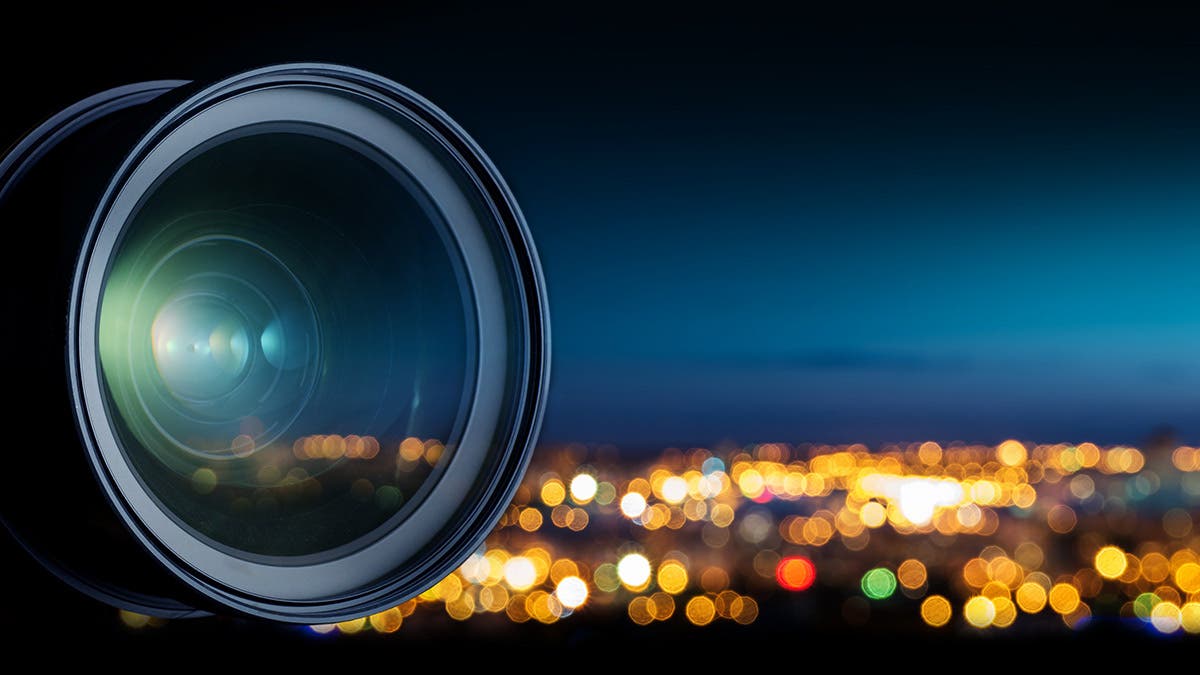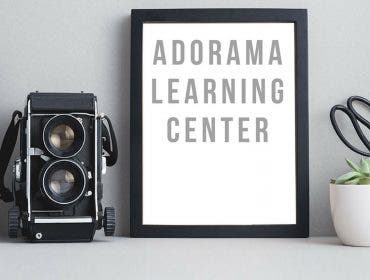Tele-converters, aka tele-extenders, are relatively small optical devices that fit between your camera body and lens, producing greater magnification and increasing the lens’ focal length.
If you’re shooting macro, it can effectively turn your normal lens into an almost-macro, and a macro lens into a super-macro!
A 2x extender doubles the focal length of the lens—but there’s no free lunch: It also gobbles up light to the tune of two f/stops. So, the f/1.8 lens you attach to a 2x extender is now an f/4 lens. That’s not a bad trade, but if you put it on a slower lens it could cause problems with your autofocus function.
Many AF systems require a maximum lens aperture of f/8 or wider in order to function effectively. Do the math before attaching a 2x extender to a smaller aperture zoom lens and be sure to read your camera manual, as painful as that may be.

Extra reach: The photograph at right was made in Aspen, Colorado using a Canon 5D with a 50mm f/1.8 lens with a Pro-Optic Multi-Coated 2x Tele-Converter attached giving me a working focal length of 100mm. Because of the two-stop light loss the viewfinder was slightly dimmer with the tele-converter in place but the view through the EOS 5D is so bright that it wasn’t an inconvenience. ©2008 Joe Farace
The Pro-Optic Multi-Coated 2x Tele-Converter is made with high quality multi-coated optical elements and is designed to operate electronically with the contacts that are built into your camera body. Designed specifically to be used with prime or zoom lenses of 100mm focal length or longer, it didn’t seem to hurt image quality when I used it with two different 50mm lens but it’s always a good idea to follow the manufacturer’s recommendation if you’re interested in maximum performance and sharpness. All is not lost with slower lenses, and manual focusing is recommended when using a lens with a maximum aperture of f/4 or slower.
Joe Farace is the co-author, along with Pulitzer Prize-winning photographer Barry Staver, of a new book called “Better Available Light Digital Photography” published by Focal Press is available at Barnes & Noble and Amazon.com.




